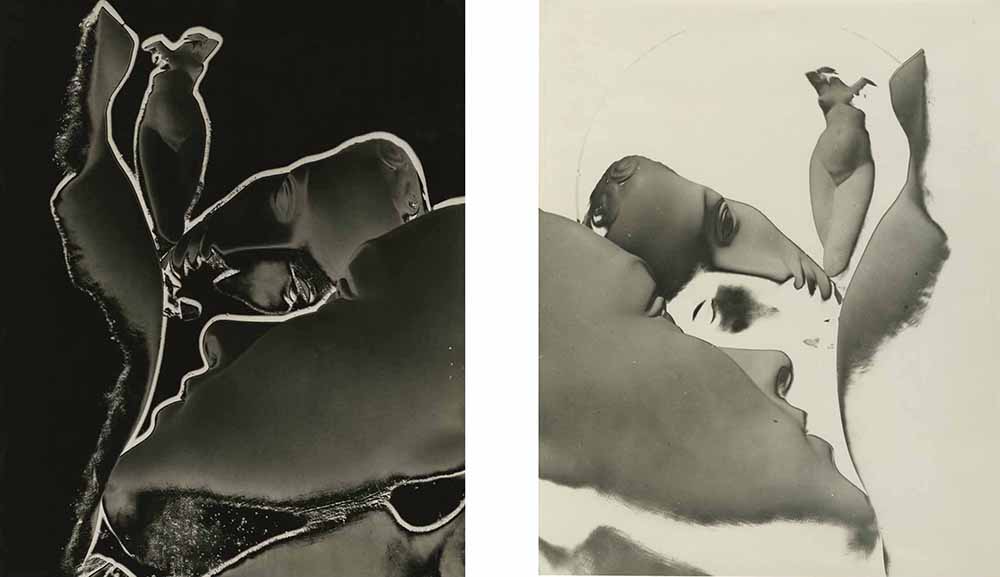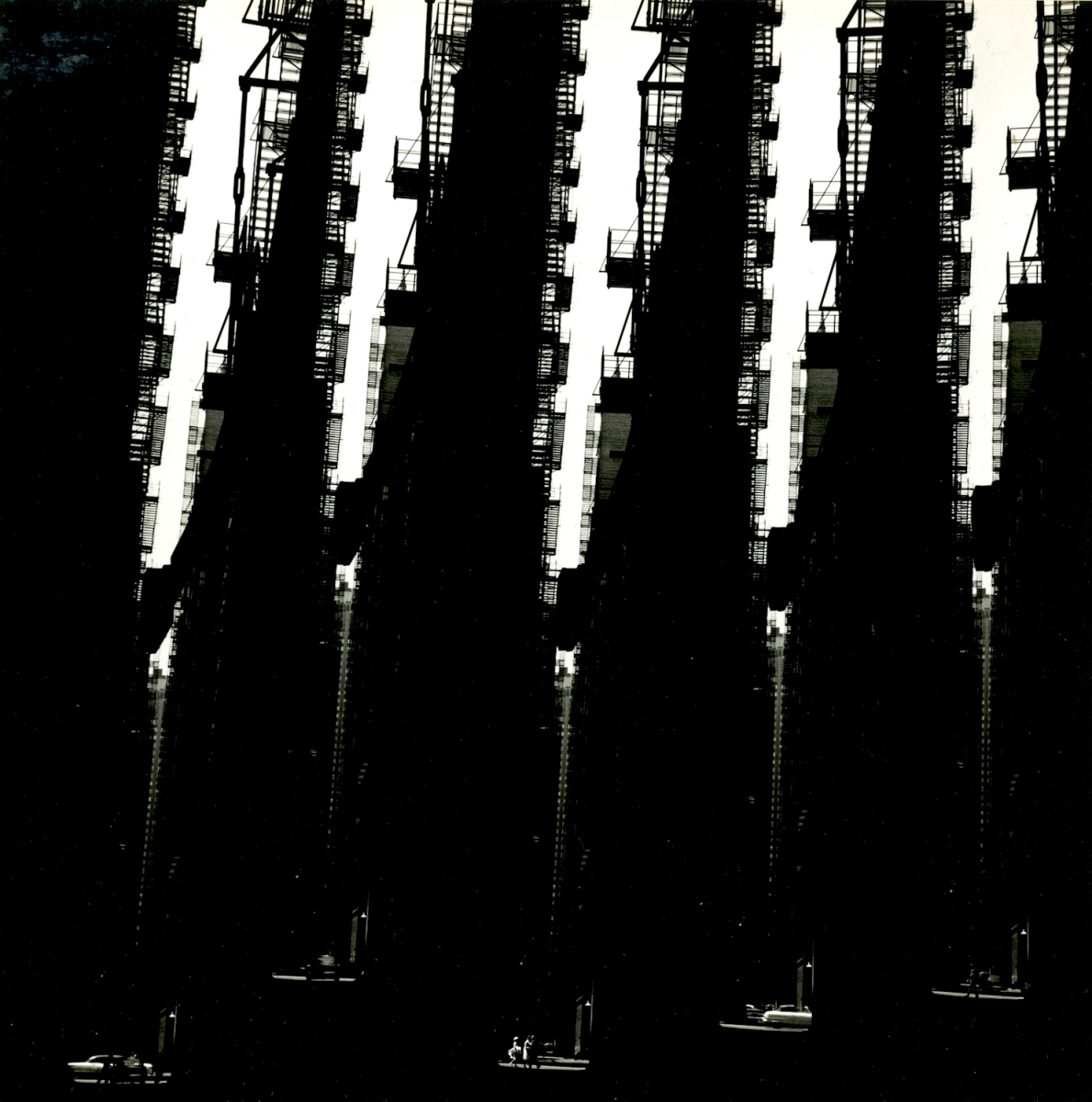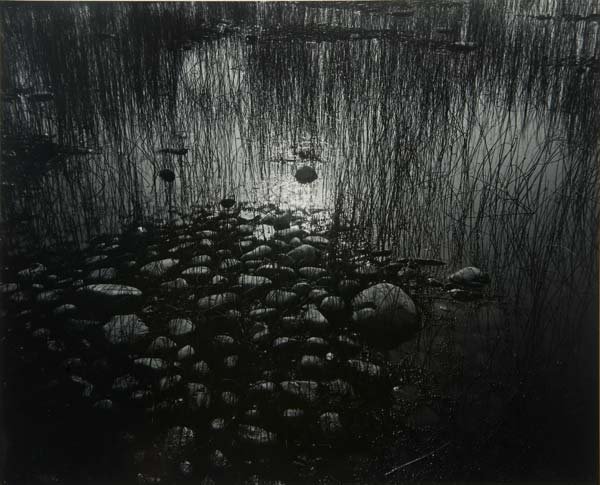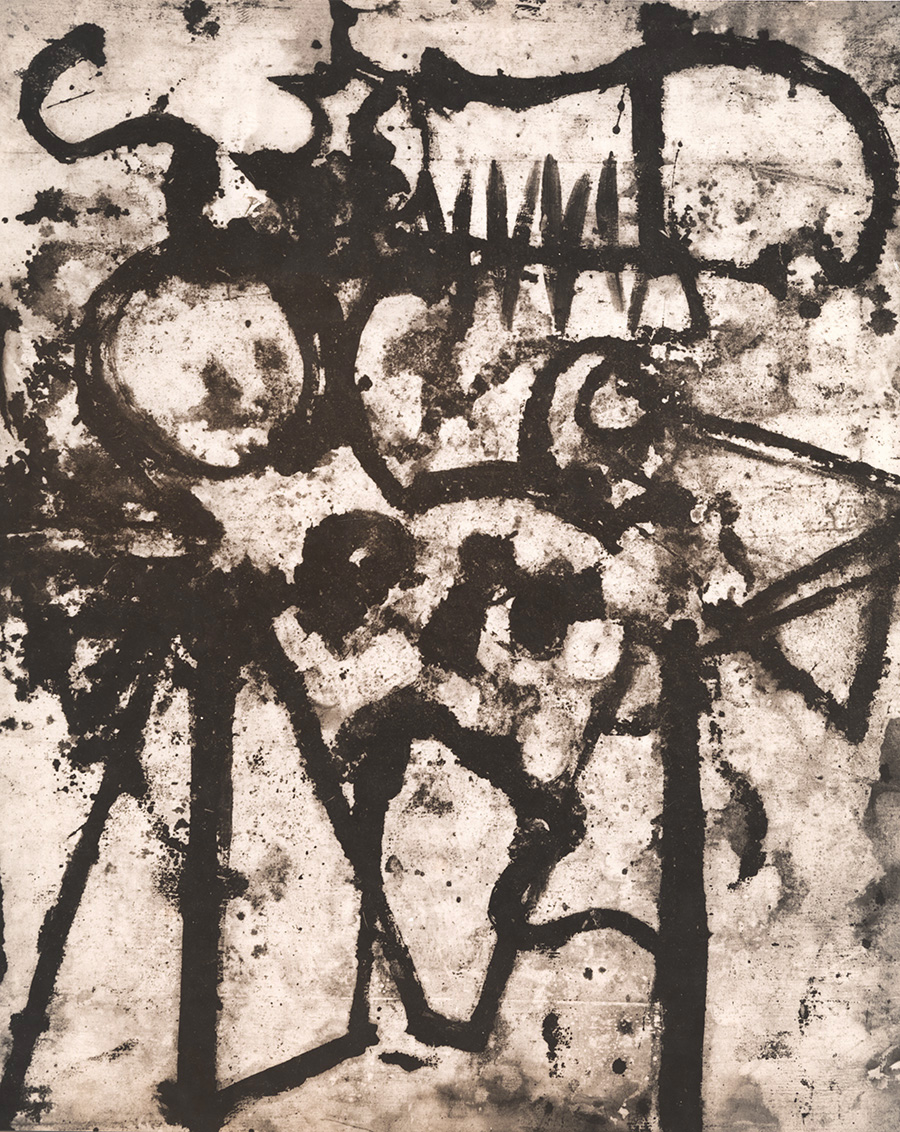
Arthur Siegel--Photogram, 1937
The New Bauhaus, founded in 1937 in Chicago, was the immediate successor to the German Bauhaus dissolved in 1933 under National Socialist pressure. Bauhaus ideology had a strong impact throughout America, but it was only at the New Bauhaus that the complete curriculum as developed under Walter Gropius in Weimar and Dessau was adopted and further developed.
The former Bauhaus master László Moholy-Nagy was founding director of the New Bauhaus. He then headed the consecutive School of Design from 1938 until his death in 1946 (entitled Institute of Design from 1944 onwards) aiming at liberating the creative potential of his students through disciplined experimentation with materials, techniques, and forms. The focus on natural and human sciences was increased, and photography grew to play a more prominent role at the school in Chicago than it had done in Germany.
Training in mechanical techniques was more sophisticated than it had been in Germany.
Emerging from the basic course, various workshops were installed, such as "light, photography, film, publicity", "textile, weaving, fashion", "wood, metal, plastics", "color, painting, decorating" and "architecture".
The most important achievement at the Chicago Bauhaus was probably in photography, under the guidance of teachers such as György Kepes, Nathan Lerner, Arthur Siegel and Harry Callahan.
Whereas, in addition to Moholy Nagy, Hin Bredendieck and Marli Ehrmann, it was initially other emigrants from the Bauhaus that came to teach in Chicago, the staff was slowly supplemented by Americans. The method and aim of the school were likewise adapted to American requirements.
Moholy Nagy's successor at the head of the Institute of Design, Serge Chermayeff remained still quite true to the original Bauhaus, aiming at the education of the widely oriented universal thinker and designer. This changed step by step in the 1950s and through the merge with the Illinois Institute of Technology. The Institute of Design is even now still part of the Illinois Institute of Technology in Chicago, and rates as a respected and professionally oriented school of design.
Exhibited and Sold By
Contemporary Works / Vintage Works, Ltd.
258 Inverness Circle
Chalfont, Pennsylvania 18914 USA
Contact Alex Novak and Marthe Smith
Email info@vintageworks.net
Phone +1-215-518-6962
Call for an Appointment














Share This